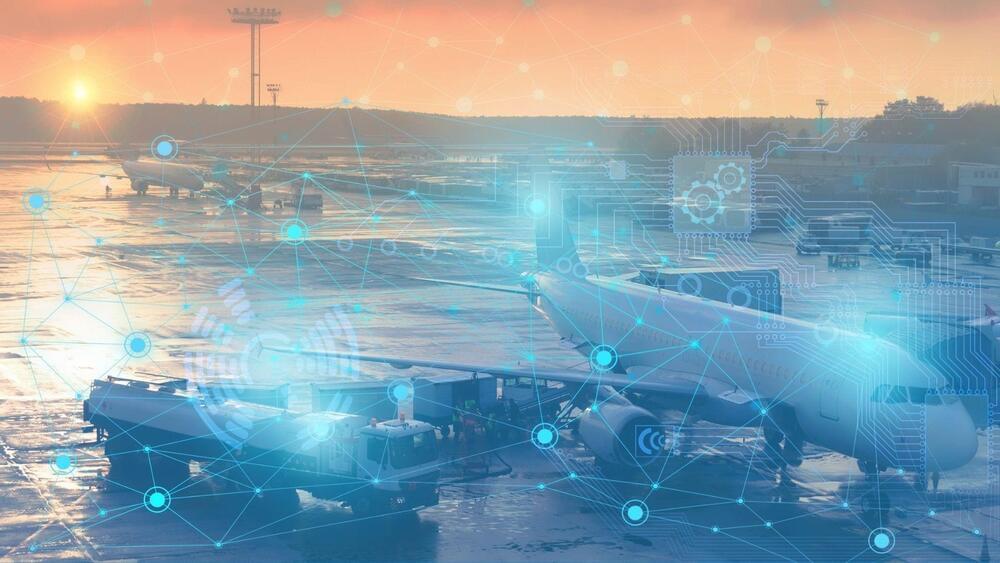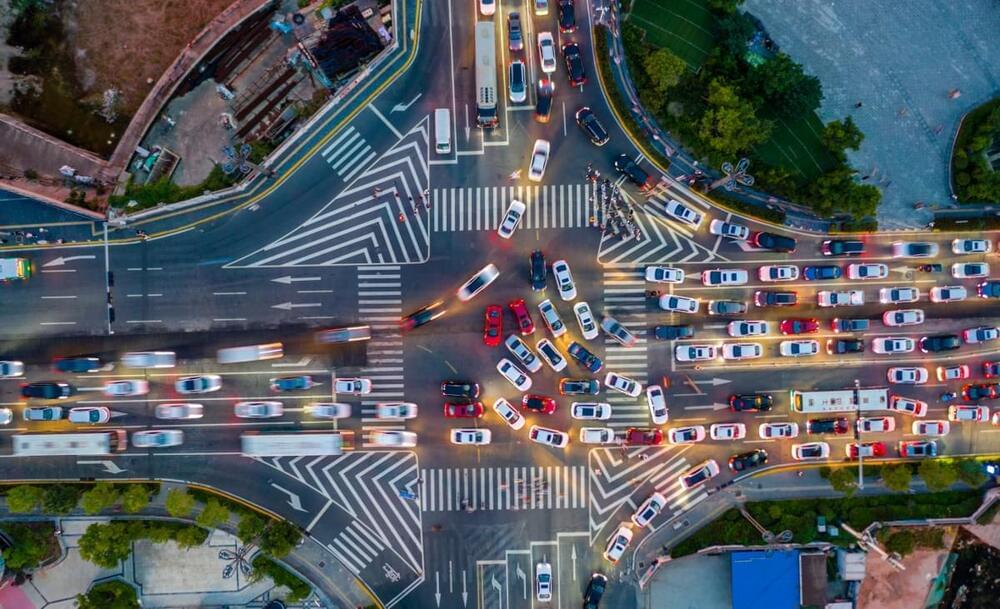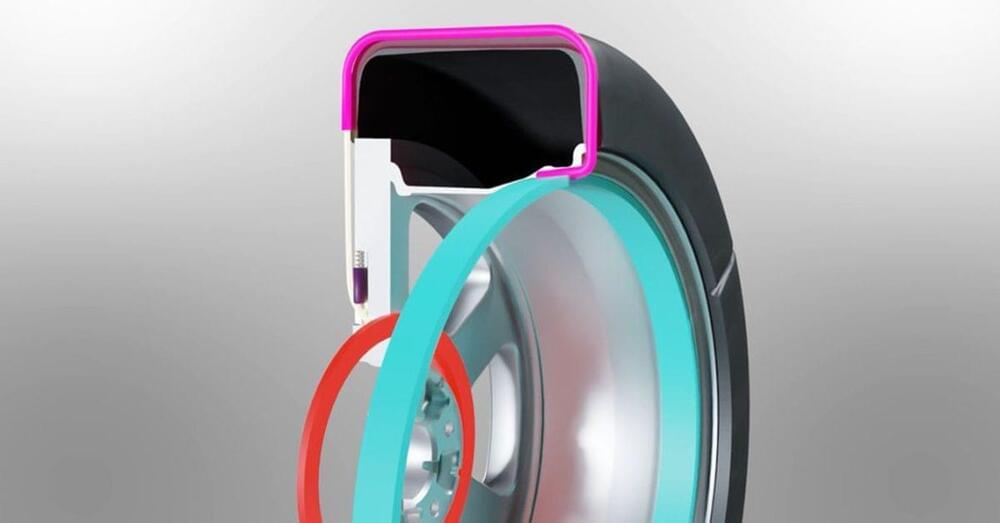When it comes to spurring the development of cutting-edge technologies, the Chinese government is rather pragmatic in its policymaking process. In the field of autonomous driving, the country has made some big strides in defining the parameters and limitations for service providers, removing regulatory ambiguity and granting industry players the freedom to test the nascent technology.
The trial guidelines, unveiled by the Ministry of Transport recently, target AV services like robotaxis, self-driving trucks and robobuses. The release arrived about 16 months after the department began seeking public opinions on the regulatory framework, and policymakers have reached a consensus that self-driving vehicles are subject to rigorous surveillance measures to ensure utmost safety.
Prior to the introduction of the nationwide guidelines, policymaking for AVs in China had been playing out in a more decentralized fashion, with local governments formulating their own rules for service providers on their turf. Major tech clusters like Beijing, Shenzhen and Guangzhou, for example, have been frontrunners in allowing companies to test AVs with minimum human interference.



